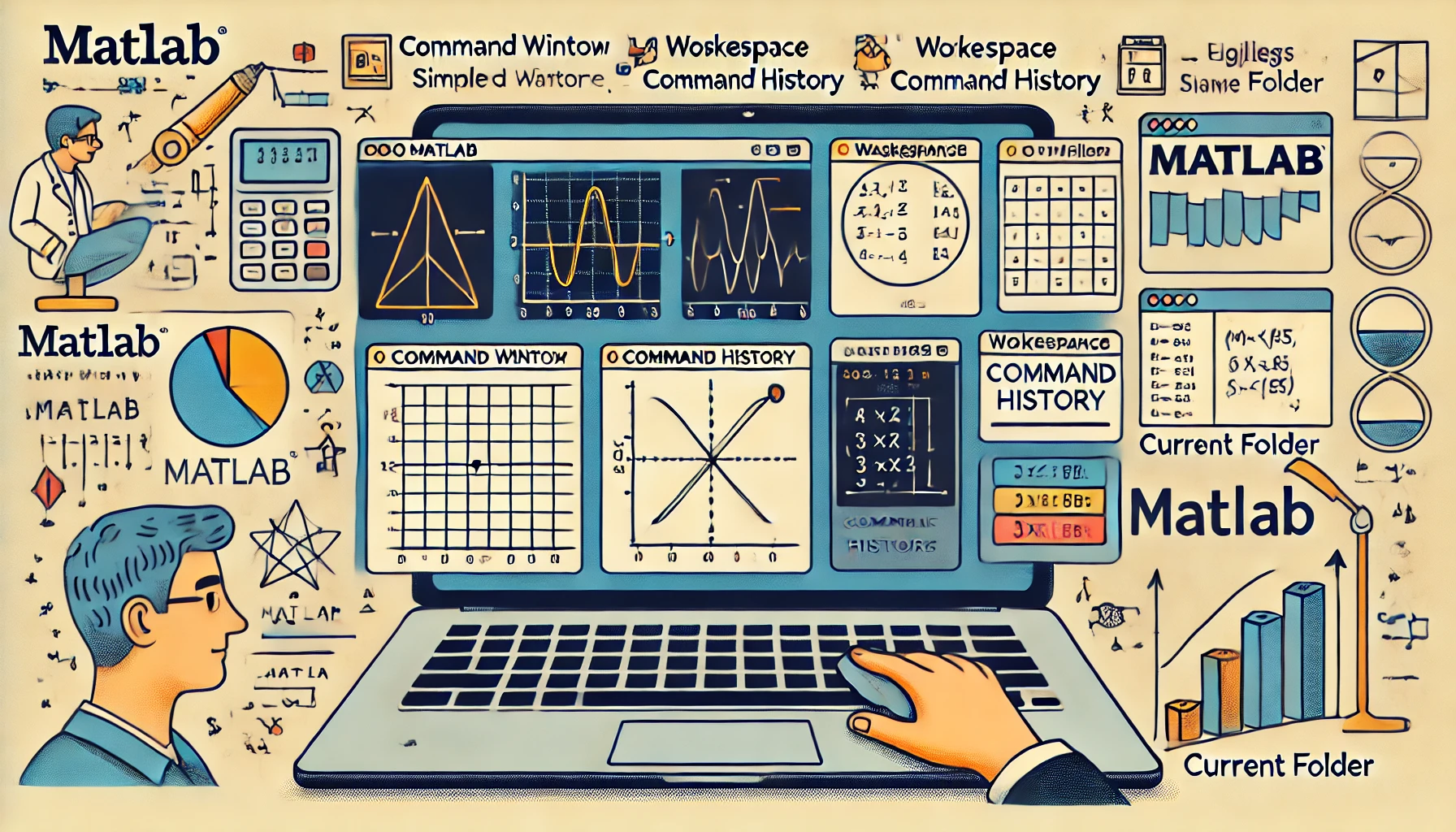
Ever wondered how engineers and scientists handle complex calculations and data analysis? MATLAB might just be their secret weapon. Short for “Matrix Laboratory,” MATLAB is a high-performance language developed by MathWorks, used primarily for technical computing. It integrates computation, visualization, and programming in a user-friendly environment.
This blog will walk you through the basics of MATLAB, from setting up your workspace to executing essential functions. Whether you’re a student or a professional looking to sharpen your skills, this guide will get you up and running with MATLAB in no time.
What is MATLAB?
MATLAB is more than just a programming language; it’s a powerful tool used for data analysis, algorithm development, and modeling. With its robust set of functions and user-friendly interface, MATLAB makes it easier to perform technical computing tasks, especially those involving matrices and data visualization.
It’s here Bash for Unix you need to know
Getting Started with MATLAB
Installing MATLAB
Before diving into the functions, you’ll need to install MATLAB on your computer. Head over to the MathWorks website and download the appropriate version for your operating system. Follow the installation instructions, and you’ll be ready to start.
Setting Up Your Workspace
Once installed, open MATLAB. You’ll see the main interface, which consists of several key areas:
- Command Window: Where you type commands and see outputs.
- Workspace: Displays variables you create.
- Command History: Logs all the commands you’ve entered.
- Current Folder: Shows files in the current directory.
Essential MATLAB Functions for Beginners
1. Basic Arithmetic Operations
MATLAB excels at handling matrices and arrays, but it’s also great for simple calculations.
a = 5;
b = 10;
sum = a + b; % Addition
difference = a - b; % Subtraction
product = a * b; % Multiplication
quotient = a / b; % Division2. Working with Matrices
Matrices are at the heart of MATLAB.
A = [1 2 3; 4 5 6; 7 8 9]; % Creating a 3x3 matrix
B = [1 2; 3 4; 5 6]; % Creating a 3x2 matrix
% Matrix Operations
C = A * B; % Matrix multiplication
D = A'; % Transpose of A3. Plotting Data
Visualization is one of MATLAB’s strengths. Here’s how to plot simple data:
x = 0:0.1:10; % Creating a vector from 0 to 10 with a step of 0.1
y = sin(x); % Calculating the sine of each value in x
plot(x, y); % Plotting the data
title('Sine Wave'); % Adding a title
xlabel('x'); % Labeling the x-axis
ylabel('sin(x)'); % Labeling the y-axis4. Writing Scripts and Functions
Scripts and functions make your code reusable and organized.
Script Example:
% This is a script to calculate the area of a circle
radius = 5;
area = pi * radius^2;
disp(['Area of the circle: ', num2str(area)]);Function Example:
function area = circleArea(radius)
area = pi * radius^2;
endTips and Tricks
Commenting Your Code
Always comment on your code to make it understandable.
% Calculate the sum of two numbers
a = 5;
b = 10;
sum = a + b; % Summing a and bUsing Built-In Functions
MATLAB has a plethora of built-in functions. Don’t reinvent the wheel; explore the documentation for ready-to-use functions.
Conclusion
MATLAB is a versatile and powerful tool for anyone dealing with complex calculations, data analysis, or visualization. By mastering its basics, you open up a world of possibilities in engineering, science, and beyond.
Remember, practice makes perfect. So, fire up MATLAB, try out these basic functions, and start exploring. The more you use it, the more intuitive it will become. Happy coding!
FAQs
Q: Is MATLAB difficult to learn?
A: MATLAB is designed to be user-friendly, especially for those with a background in engineering or science. With a bit of practice, you’ll find it quite intuitive.
Q: Can I use MATLAB for free?
A: MATLAB offers a trial version and various license options, including discounts for students.
Q: What are some good resources to learn MATLAB?
A: The MathWorks website offers extensive tutorials, documentation, and user forums. Additionally, platforms like Coursera and Udemy have comprehensive MATLAB courses.

